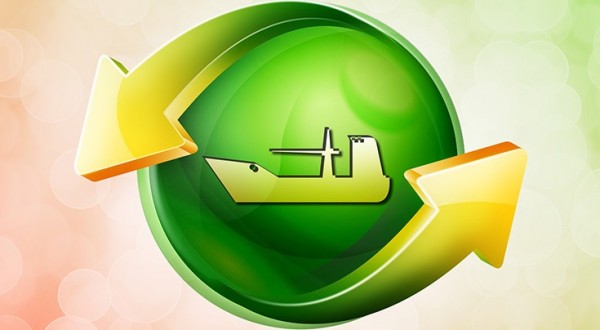A study, conducted by CE Delft & CHEW for EMSA, provides an empirical overview of the management, drivers, technologies and the quantities of different categories of ship-generated waste. The data presented in the report have been collected from ship audits, interviews, a literature review, an online survey among stakeholders and audits of waste notification forms.
For almost every type of ship-generated waste, there is a variety of waste flows and on-board treatment methods. The empirical evidence gathered in the study shows that ships use different treatment methods and often only treat part of a waste stream.
Objective points:
- To provide a detailed review of the waste practices and management of ship-generated waste
on-board on the range of ships visiting EU ports. - To provide average quantities of different types of waste being generated on-board of ships.
- To provide a comprehensive review of the present technologies and methods being used to reduce
SGW produced by ships.
The study has an empirical nature; the findings are based on:
- interviews with shipping companies, ports, waste handlers and technology providers;
- audits of garbage management plans, International Oil Pollution Prevention (IOPP) certificates, International Sewage Pollution Prevention (ISPP) certificates, garbage management books, oil record books(ORB) and ozone depleting substances (ODS) record books of ships;
- audits of waste notification forms and delivery receipts;
- a literature review; and
- an internet survey to validate the results.
The empirical basis of the study was gathered in 13 ship audits, 25 interviews and from 33 participants in the internet survey.
The aim of the audits and interviews was to obtain copies of oil record books and garbage record books (GRB), and gather information on waste generation, treatment and handling on-board. While it was possible to obtain these data on all ship audits, it was not possible for every interview because copies of relevant record books are not regularly kept on shore. The information from the record books was analysed to obtain estimates of the quantities of waste generated and delivered to PRF.
The relatively small size of the sample means that the results presented in the following chapters cannot always be extrapolated to the entire fleet. In some cases, like oily residues, the amounts of waste generated in the entire sample lies within a small range which is consistent with information found in the literature.
In other cases, however, there is a large variation between ships that cannot be ascribed to ship types or other characteristics. In these cases, the ranges presented in this report can serve as an indication of the quantities of waste, but should not be considered to be statistical averages.
You may find out more by reading the report herebelow































































